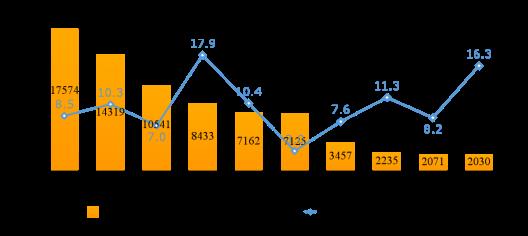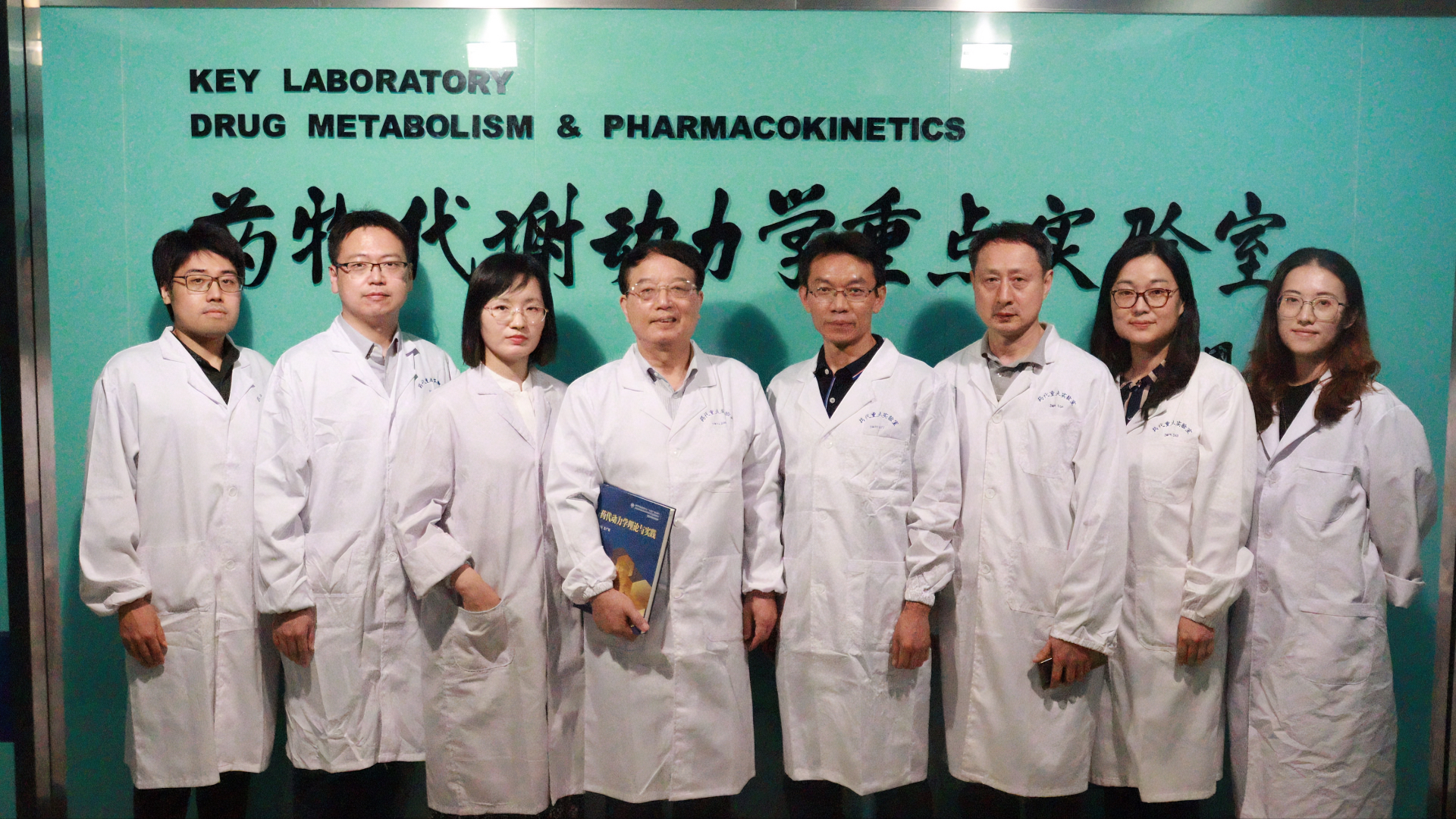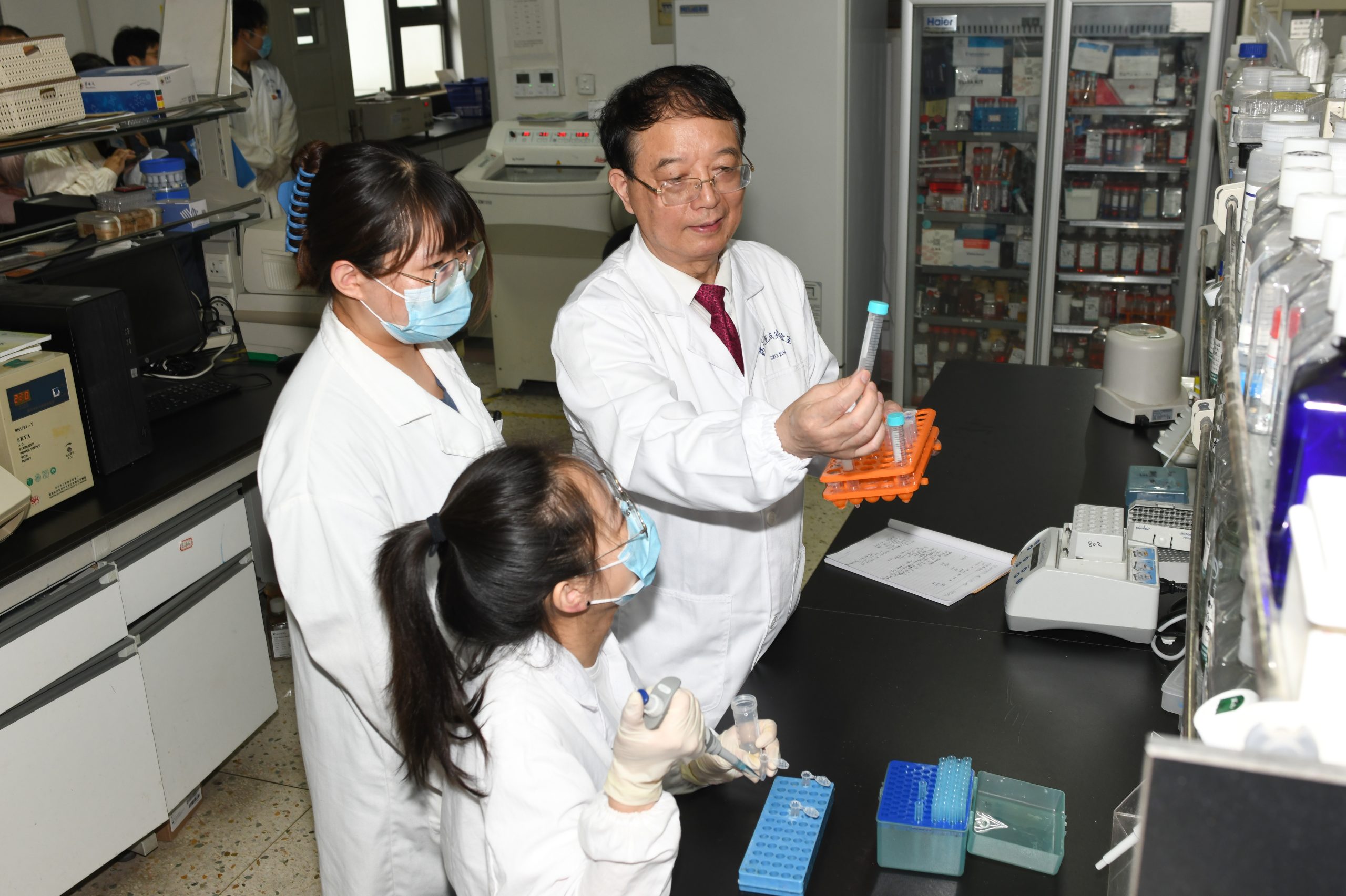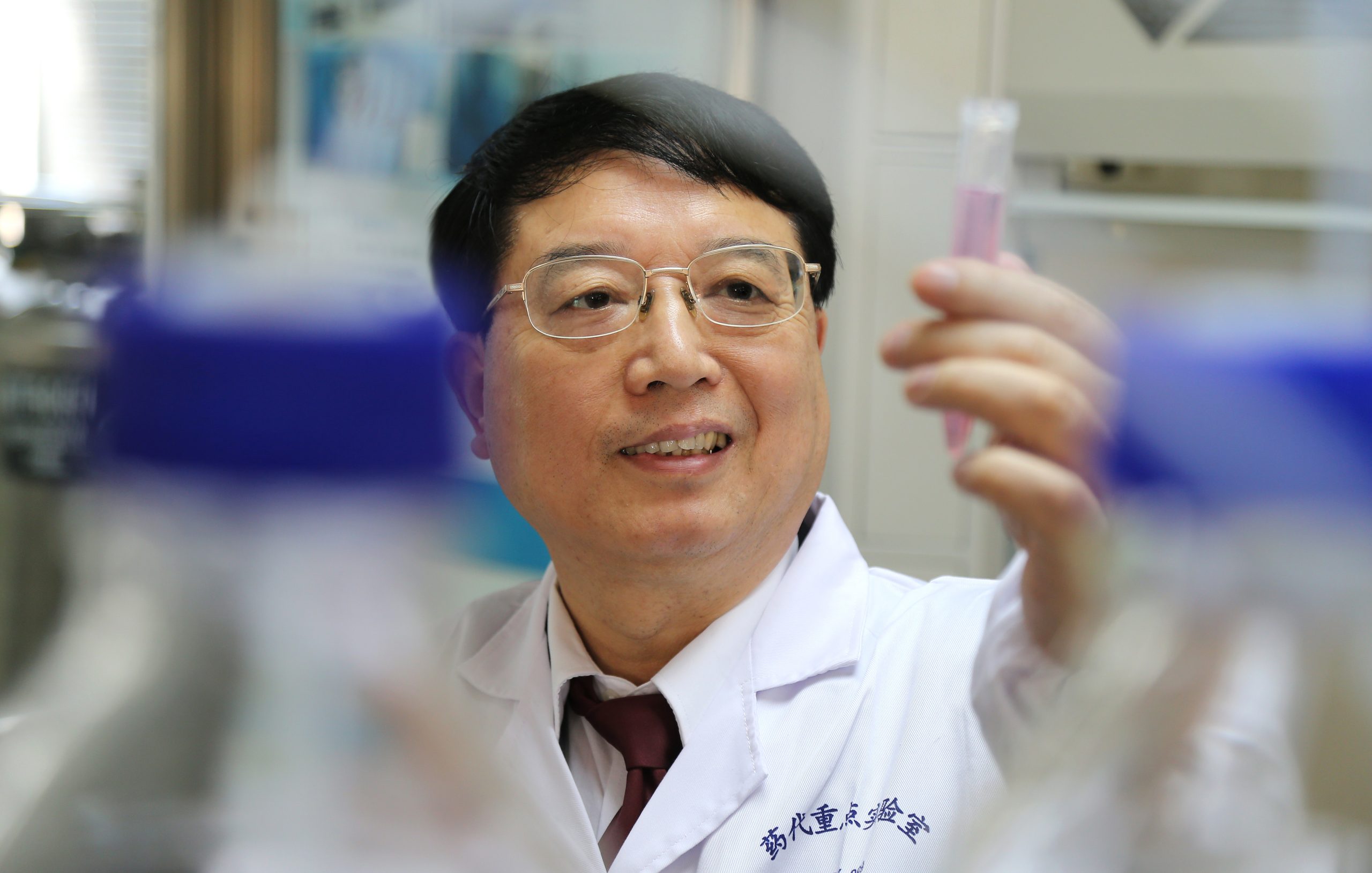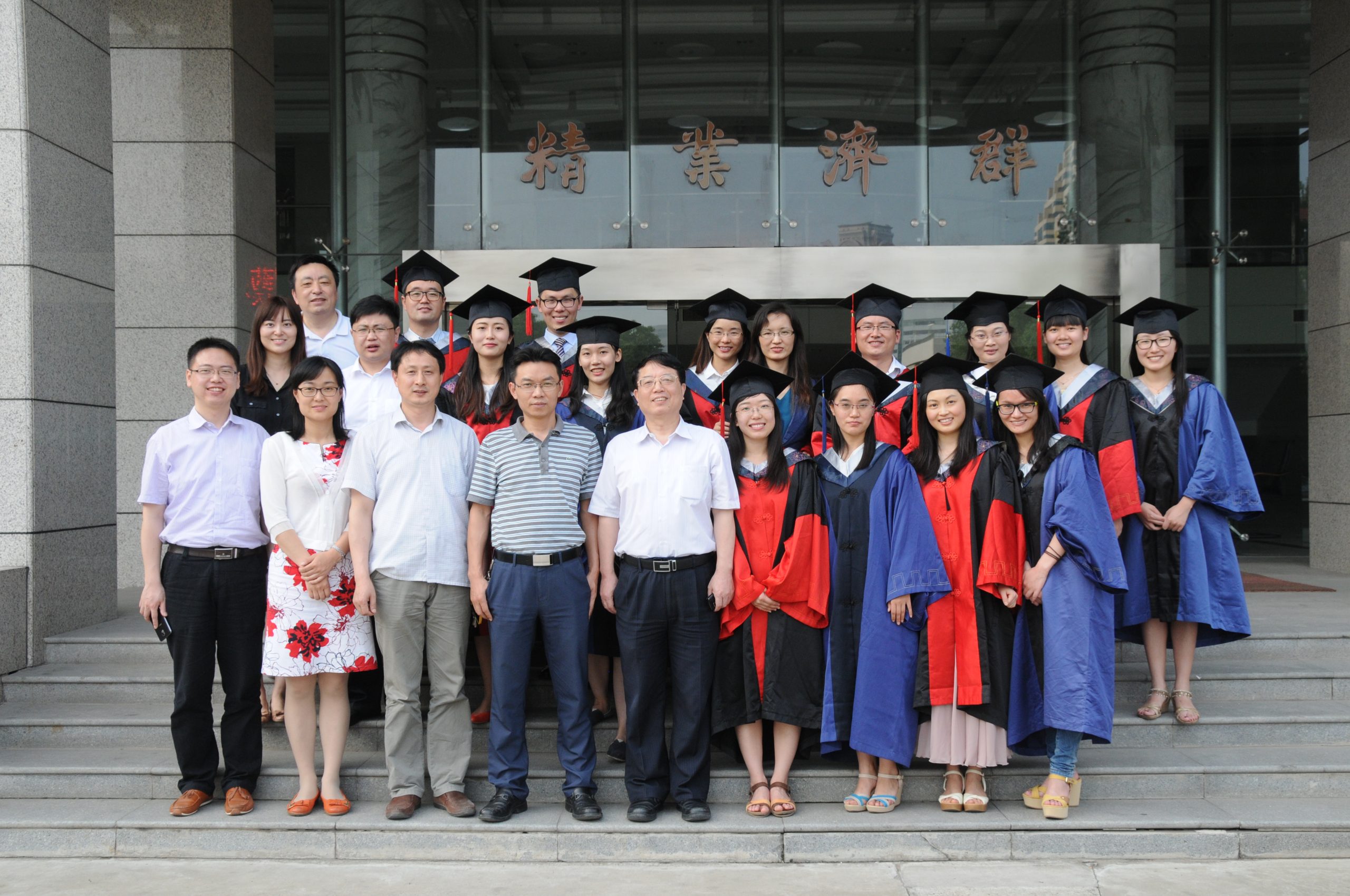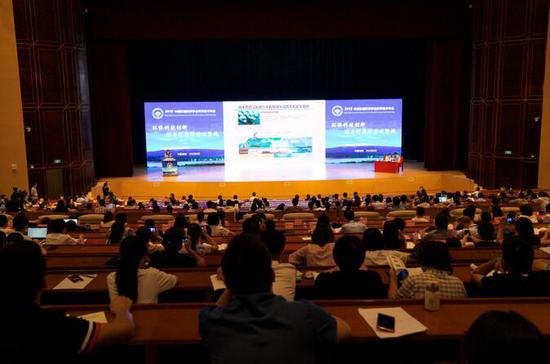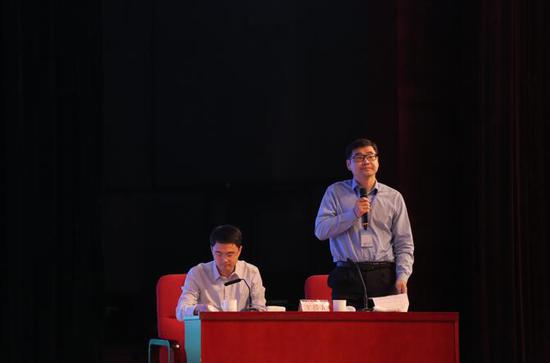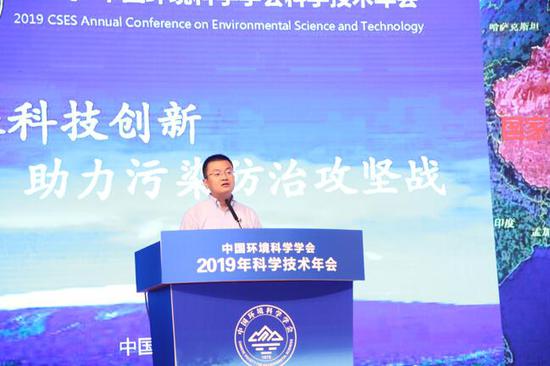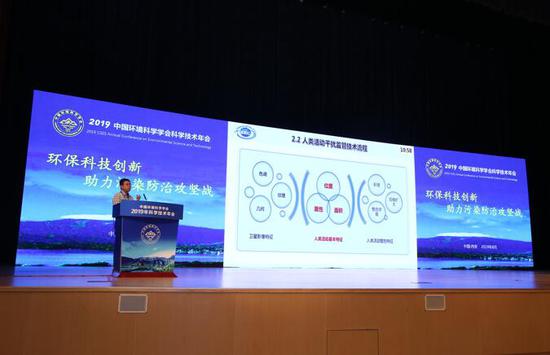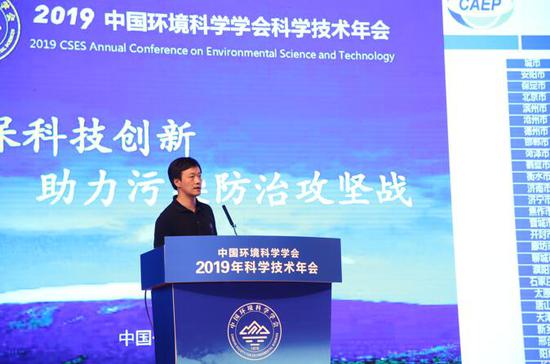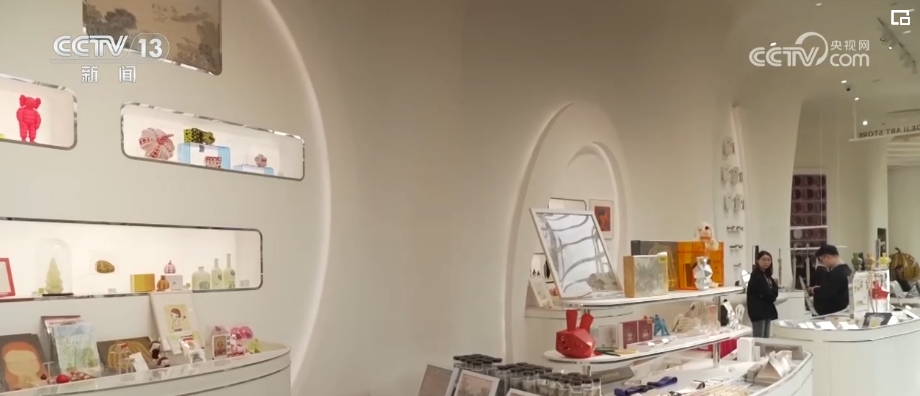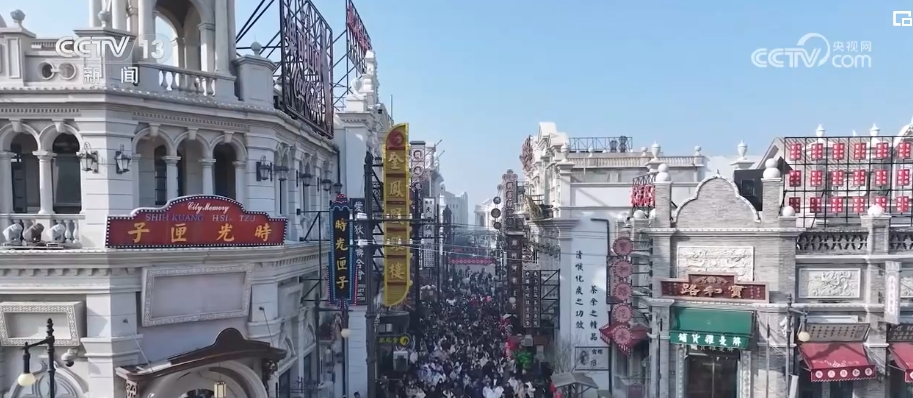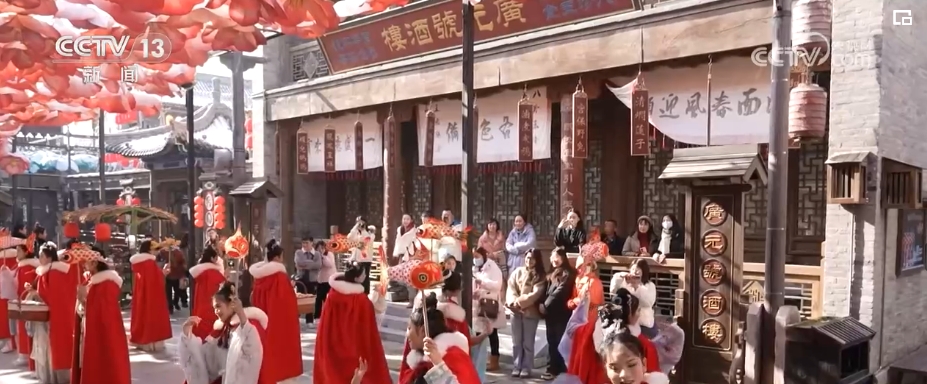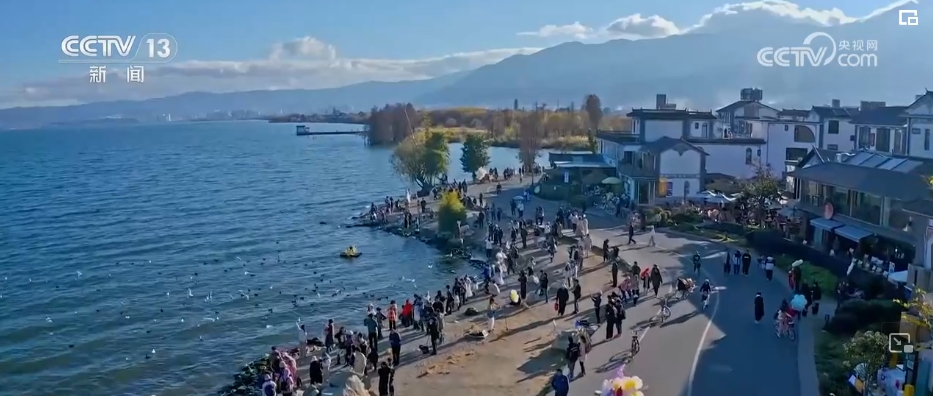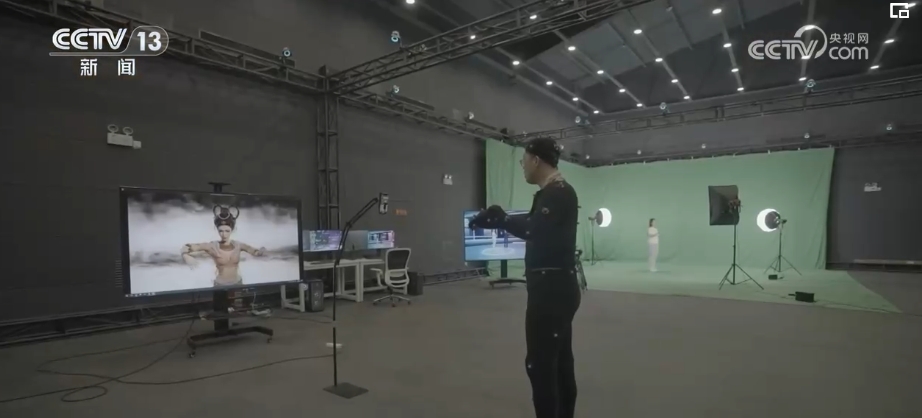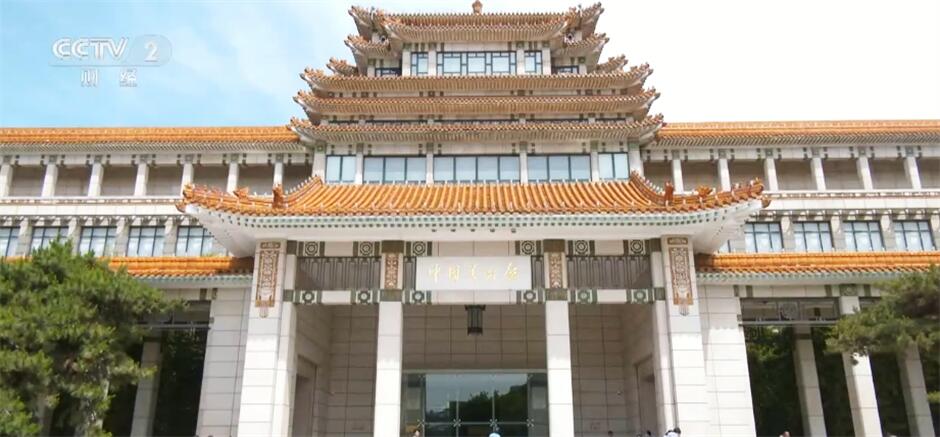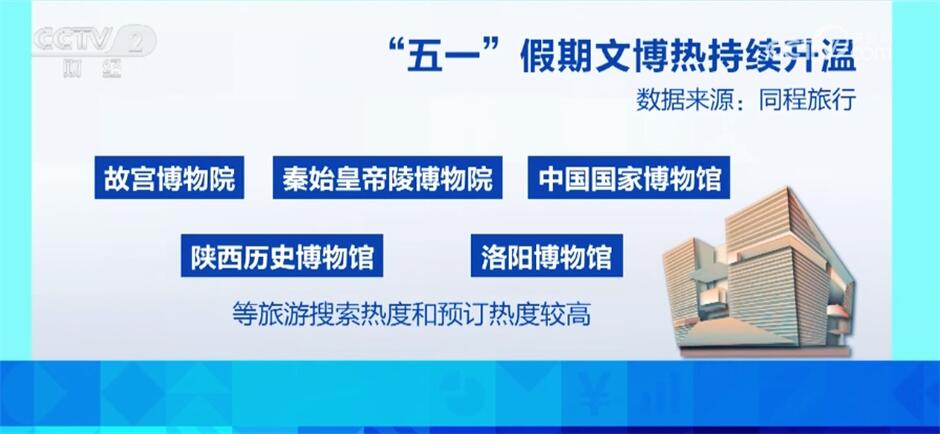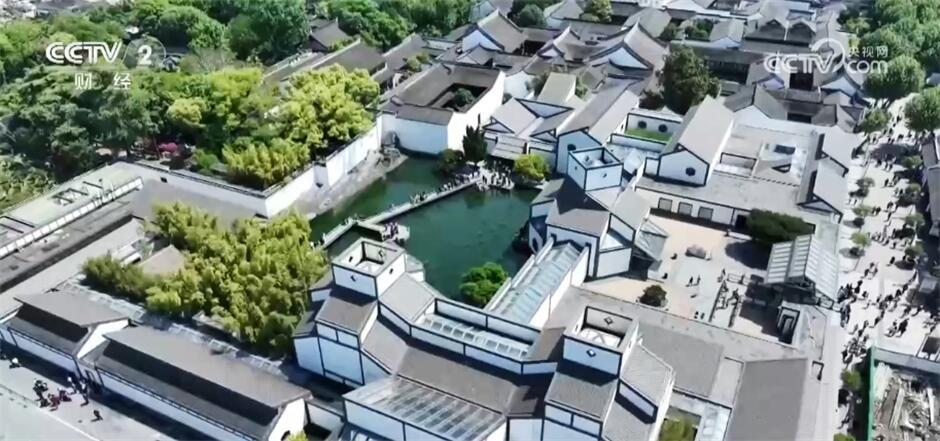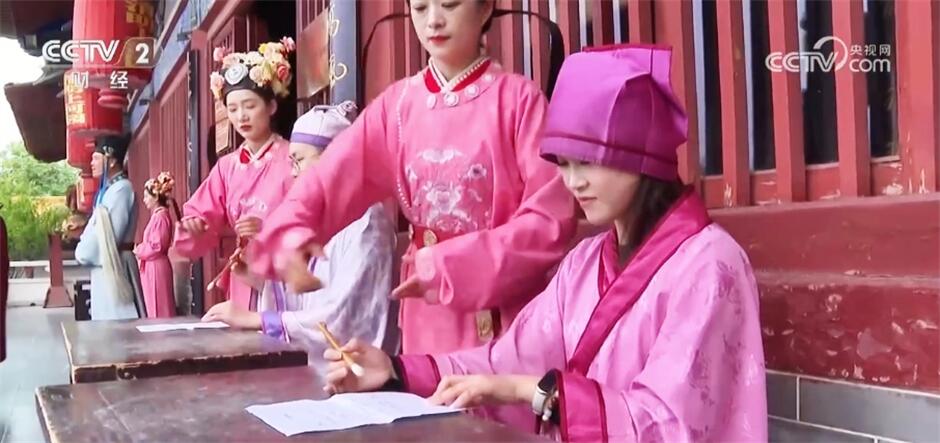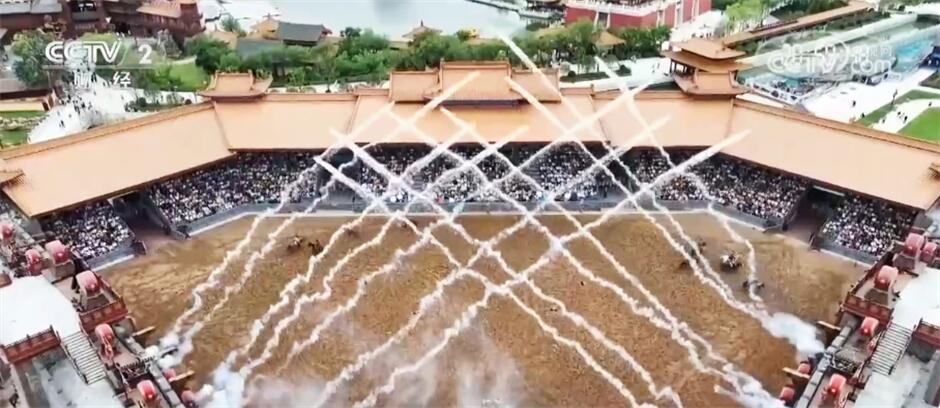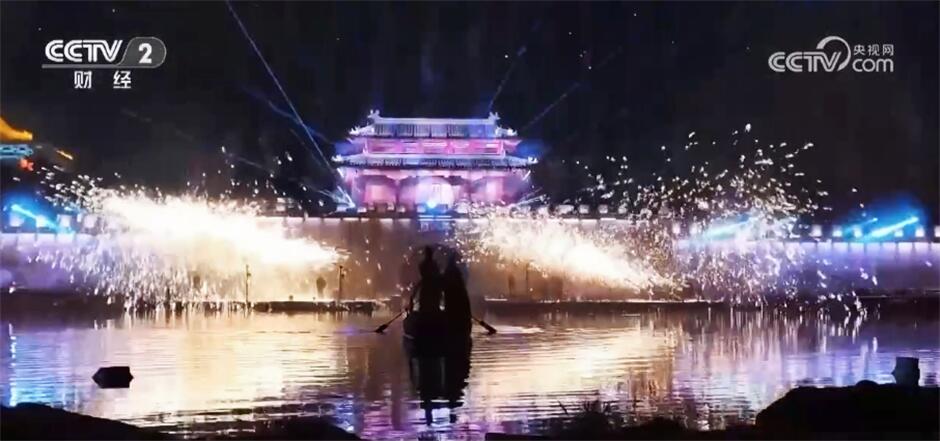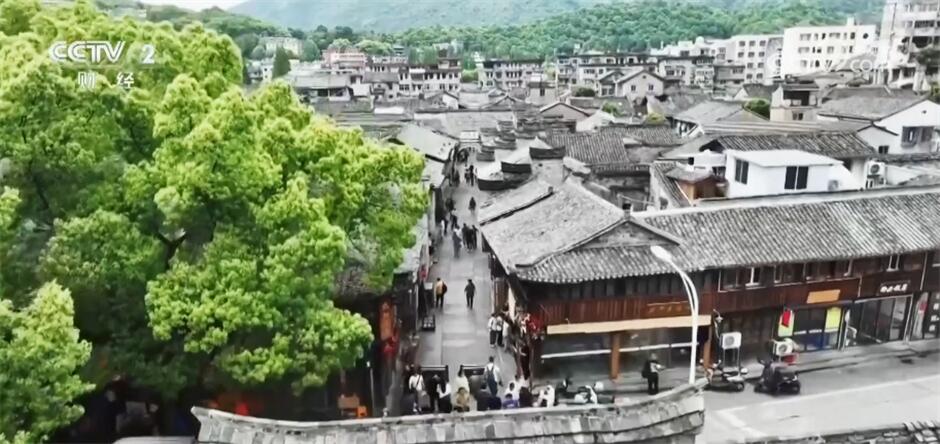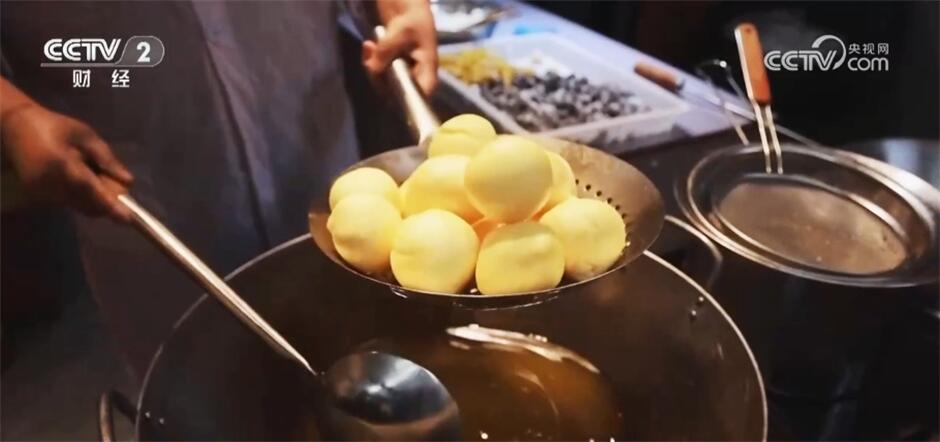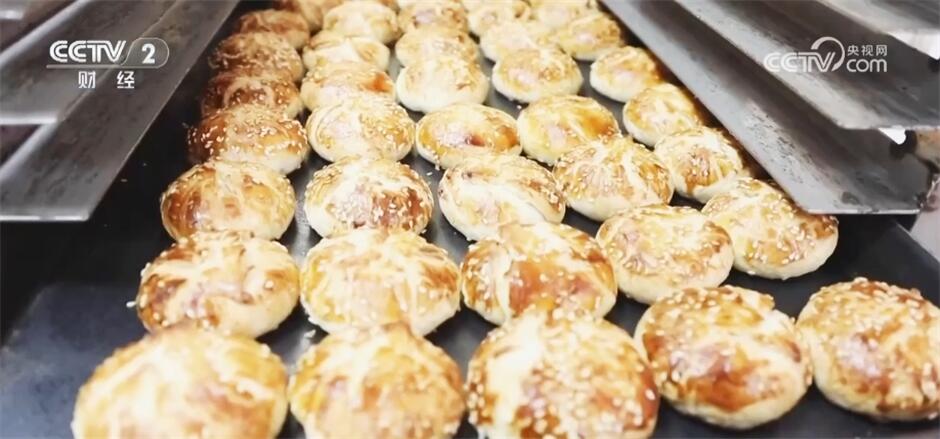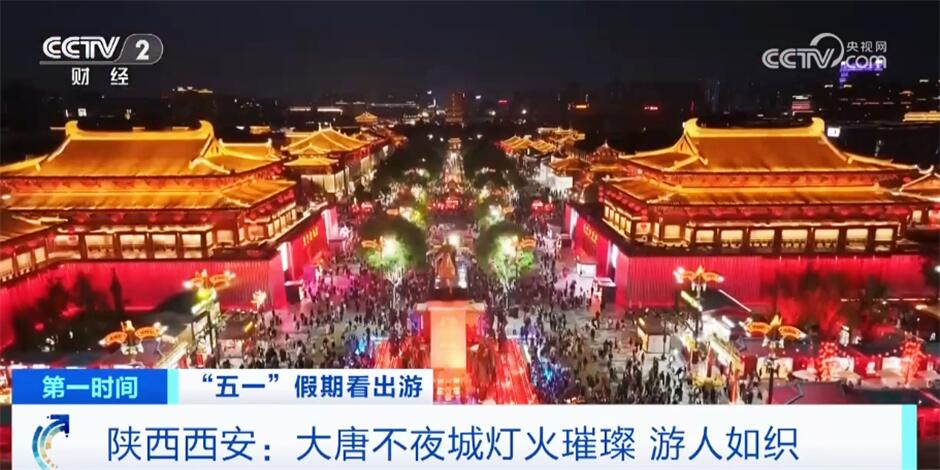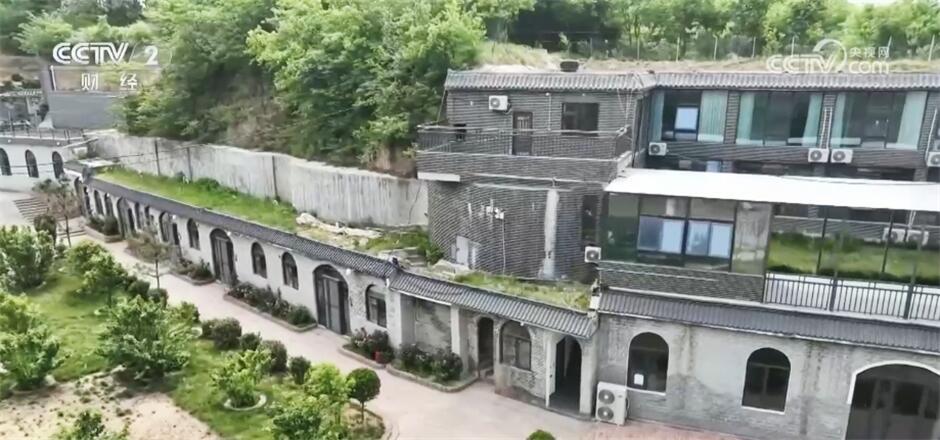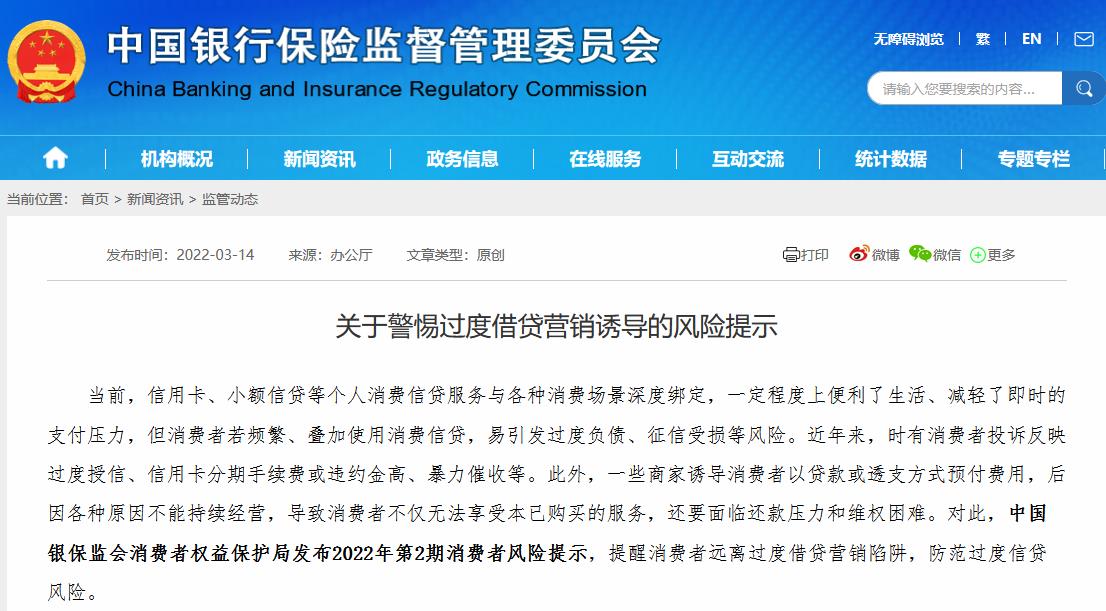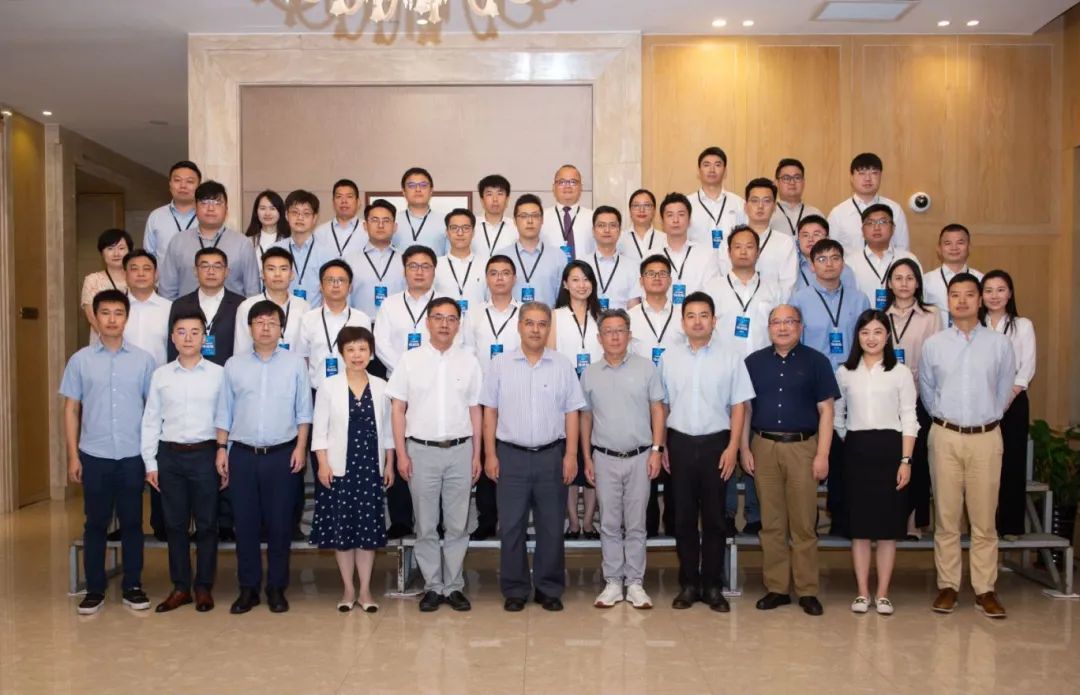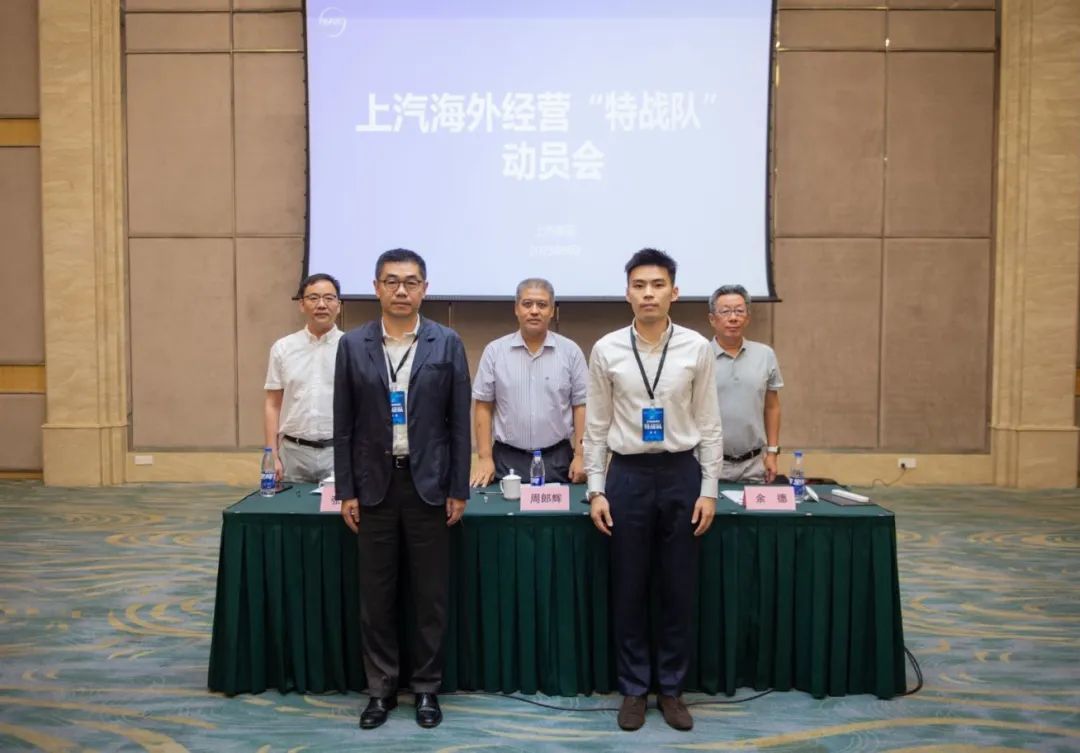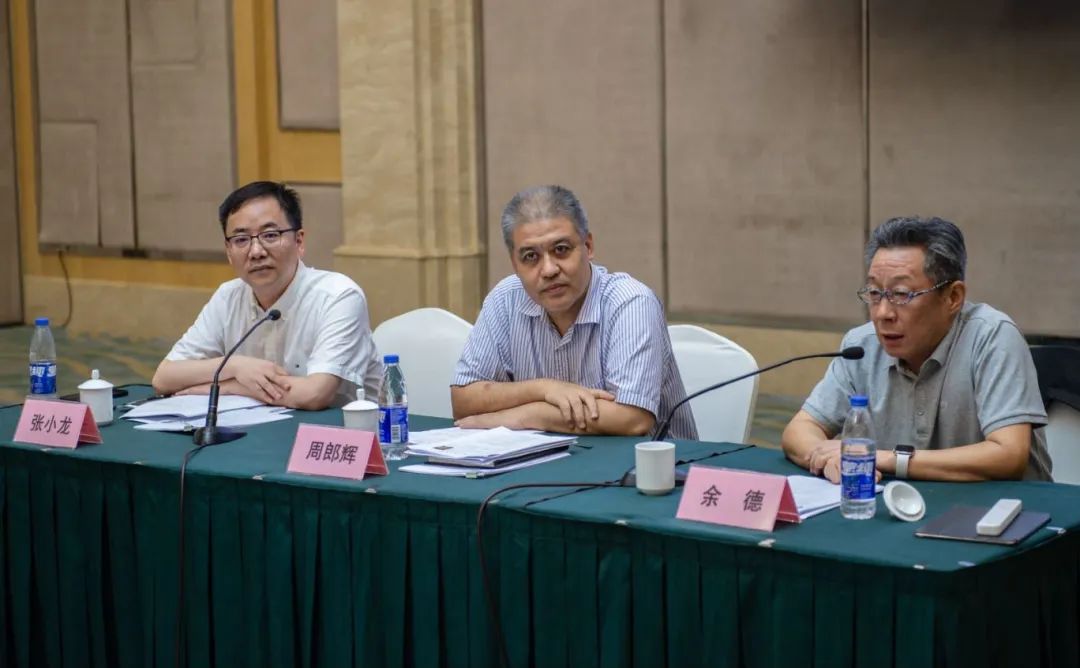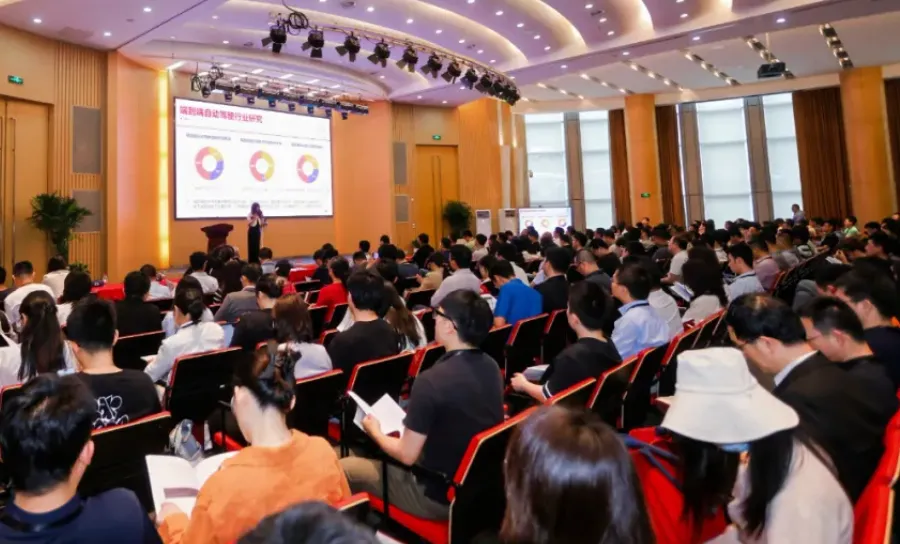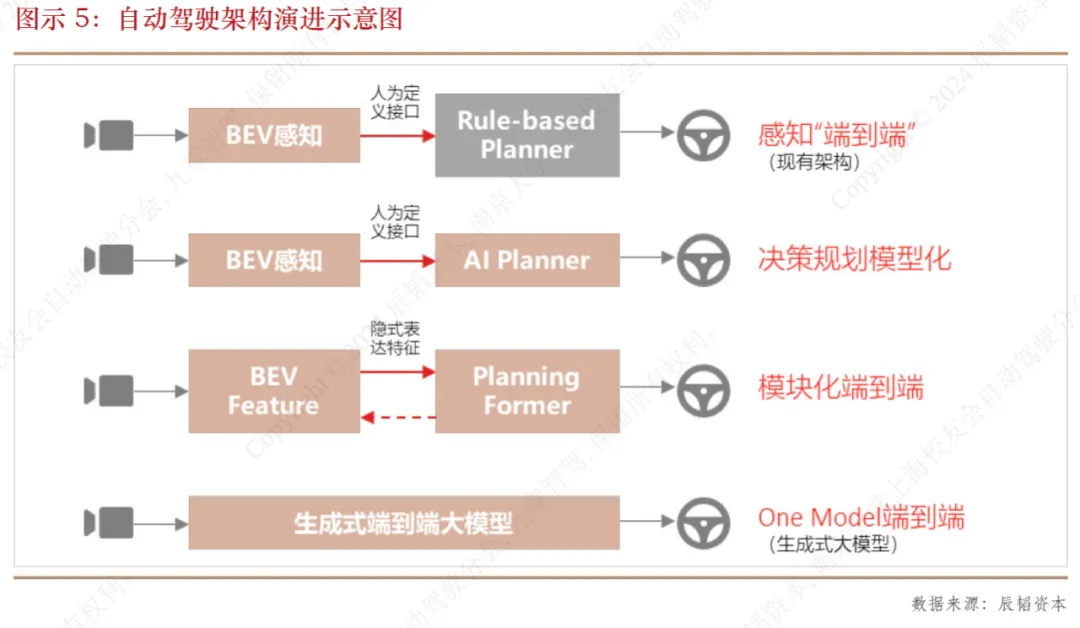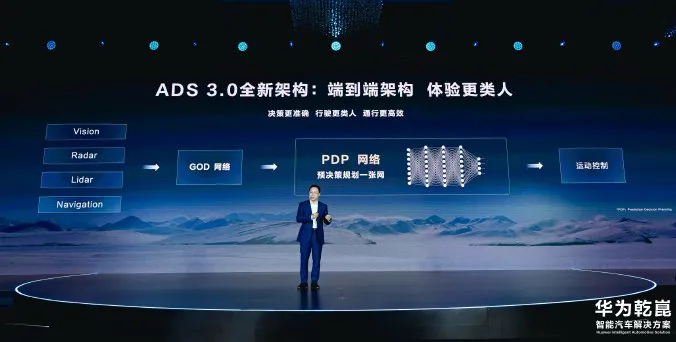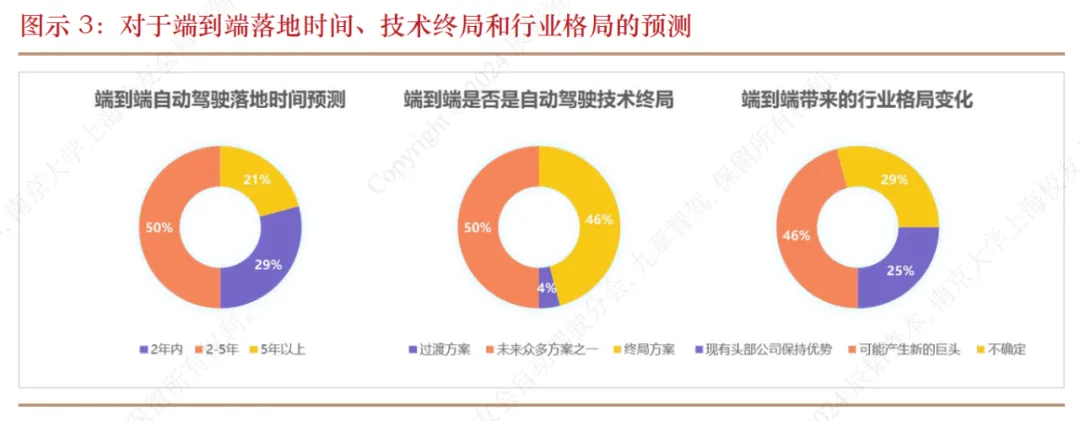Ask more doctors to choose a new treatment.
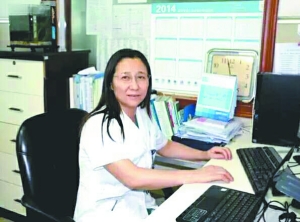 |
|
Sheng Xiujie, Chief Physician of Gynecology, Third Affiliated Hospital of Guangzhou Medical University |
Gynecological tumor:
It is best to prevent and treat early surgery, chemotherapy and radiotherapy, and it is "three axes"
Surgery, chemotherapy and radiotherapy are still the main treatment methods for gynecological tumors, and other treatment methods are only used as auxiliary supplementary treatment methods to improve the curative effect with surgery, radiotherapy and chemotherapy.
Sheng xiujie
Chief Physician of Gynecology, Third Affiliated Hospital of Guangzhou Medical University
Gynecological tumors mainly include vulvar tumors, vaginal tumors, uterine tumors, ovarian tumors and tubal tumors, among which uterine and ovarian tumors are more common. Professor Sheng Xiujie, director of gynecology department of the Third Affiliated Hospital of Guangzhou Medical College, said that the infection of human papillomavirus (HPV) has a certain relationship with cervical cancer, but the causes of other gynecological tumors are not clear, which may be related to factors such as heredity, environment, infection and immunity.
At present, there are many treatments for tumors. There are surgery, chemotherapy, radiotherapy, biotherapy and immunotherapy. However, at present, surgery, chemotherapy and radiotherapy are still the main treatment methods for gynecological tumors, and other treatment methods are only used as auxiliary supplementary treatment methods to improve the curative effect with surgery, radiotherapy and chemotherapy.
Sheng Xiujie reminded that the best way to deal with gynecological tumors is early prevention and treatment. Through pelvic examination and various auxiliary examinations, you can basically judge whether you have gynecological tumors.
Sheng Xiujie also pointed out that cervical cancer is the only cancer that can be clearly identified and prevented. To prevent cervical cancer, it is very important to screen cervical intraepithelial lesions, and this kind of screening needs to follow three steps of screening process:
Step one: cytology +HPV detection
Cervical cytological examination is the most basic method for screening cervical lesions, commonly known as "cervical curettage", commonly called TCT, CCT or LCT, etc. A brush is used to brush cells on the cervix, and thin-layer smear and computer-aided detection are used to detect "bad" cells at an early stage.
HPV detection, similar to the process of cytological examination, also uses a brush to obtain samples such as cervical tissues and secretions to detect whether HPV is carried. It can be used alone or combined with cytological examination as a primary screening method for cervical lesions.
Step 2: colposcopy
Colposcopy is suitable for cytological examination when abnormal cells are found, and further colposcopy should be done to make a definite diagnosis. This examination uses a special camera lens to observe and evaluate the cervical lesions, and can make a fixed-point biopsy of suspicious tissues of the cervix under the instruction of the lens to improve the accuracy of finding lesions.
Step 3: Histopathological examination
Including cervical biopsy and cervical conization, is a reliable method to diagnose cervical lesions. General lesions can be biopsied at single or multiple points under the guidance of naked eyes or colposcopy. However, for the lesions whose boundaries can’t be seen by colposcopy, the lesions are deeper than the cervical canal, and the biopsy is high-grade lesions (HSIL), diagnostic cervical conization is needed to confirm the diagnosis.
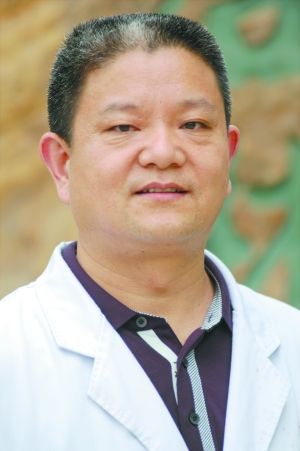 |
|
Wang Bailin, Director of General Surgery and Director of Hepatobiliary Surgery, Guangzhou Red Cross Hospital |
Liver cancer:
Early diagnosis is difficult, and the curative effect is not good in the middle and late stage.
It is best for patients with liver cancer to choose specialized consultation and treatment in large hospitals; Don’t blindly believe the advertisements and propaganda of informal medical institutions, so as not to delay the illness and delay the treatment; Be careful when searching hospitals online, so as not to be fooled.
Wang Bailin
Director of General Surgery, Director of Hepatobiliary Surgery, Guangzhou Red Cross Hospital
Liver cancer is one of the most common malignant tumors in China. It is difficult to diagnose in the early stage, and the treatment effect in the middle and late stage is not ideal. It is easy to relapse and metastasize, and the mortality rate is relatively high. Wang Bailin, director of general surgery and director of hepatobiliary surgery in Guangzhou Red Cross Hospital, said that the number of patients with viral hepatitis such as hepatitis B and hepatitis C in China is very large, and the number of hepatitis B virus carriers alone is close to 100 million, while "hepatitis-cirrhosis-liver cancer" will be transformed in a certain proportion, which is the "trilogy" of liver cancer, so there are many patients with liver cancer in China. Many patients with liver cancer don’t have obvious early symptoms and signs, and they don’t go to see a doctor until they have typical symptoms and signs. Their liver cancer has developed to the middle and late stage, and they have lost the opportunity of radical surgery and the outcome is relatively poor.
The treatment of liver cancer is a comprehensive treatment based on surgery. Wang Bailin said that surgery is the best treatment method, and it can also be combined with interventional therapy, radiofrequency ablation therapy, cryotherapy and microwave therapy. In recent years, patients with advanced liver cancer can choose targeted drug therapy if economic conditions permit, but the overall effective rate is less than 20%; If you can find a liver donor, you can also have a liver transplant.
Wang Bailin suggested that patients with liver cancer had better choose specialized consultation and treatment in large hospitals; Don’t blindly believe the advertisements and propaganda of informal medical institutions, so as not to delay the illness and delay the treatment; Be careful when searching hospitals online, so as not to be fooled.
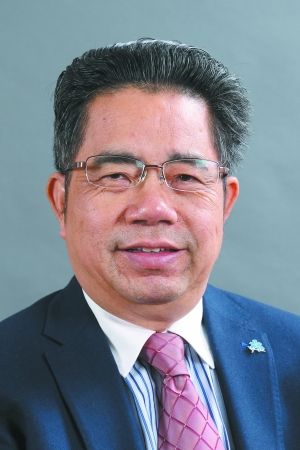 |
|
Luo Rongcheng Dean, Hospital of Integrated Traditional Chinese and Western Medicine, Southern Medical University |
Lymphoma:
Biochemotherapy is the first choice, and the toxic and side effects of new drugs are reduced.
Compared with most solid tumors, the therapeutic effect of lymphoma is relatively good, especially in the clinical application of immunotherapy. The overall 5-year survival rate of diffuse large B-type lymphoma is over 60%.
Luorongcheng
Dean of Southern Medical University Hospital of Integrated Traditional Chinese and Western Medicine
It is reported that lymphoma is one of the fastest growing malignant tumors in the world. Among them, the incidence of lymphoma in China is increasing at a rate of 5% per year, and there are about 84,000 new lymphoma patients and more than 47,000 deaths each year. Faced with such a severe situation, it is urgent to promote standardized and individualized treatment of lymphoma. Lymphoma is a malignant tumor originating from the lymphatic system, which is mainly divided into Hodgkin’s lymphoma (HL) and non-Hodgkin’s lymphoma (NHL). Non-Hodgkin’s lymphoma is more common in China patients, accounting for more than 80% of lymphoma.
"In fact, compared with most solid tumors, the treatment effect of lymphoma is still relatively good, especially in the clinical application of immunotherapy. The overall 5-year survival rate of diffuse large B-type lymphoma is over 60%." Professor Luo Rongcheng, dean of the Hospital of Integrated Traditional Chinese and Western Medicine of Southern Medical University and director of the Cancer Center of Southern Medical University, said that this benefited from the development of biotherapy technology, which enabled lymphoma to continue to adhere to cellular immunotherapy within five years after remission, and patients could get better results.
For example, Luo Rongcheng once treated a 16-year-old young Wang. When Wang graduated from high school, he suddenly had a stomachache. When he was sent to hospital, he found that a 20 cm tumor in the pelvic cavity caused intestinal obstruction. After biopsy, he was diagnosed with advanced diffuse large B-cell lymphoma. Fortunately, after eight times of biological chemotherapy, his symptoms were completely relieved and he escaped. For the next four years, he continued to receive cellular immunotherapy and was followed up for seven years. He has finished his college studies and now he has joined the work.
According to reports, the treatment methods of lymphoma mainly include immunotherapy, chemotherapy, radiotherapy and hematopoietic stem cell transplantation. The classification of lymphoma by the World Health Organization clearly points out that each pathological type of lymphoma is an independent disease, and the treatment adopted is also different. The patient must decide the treatment strategy according to the condition after a comprehensive examination.
At present, most lymphoma patients still prefer chemotherapy. Some patients combined with immune targeted therapy can significantly improve the effective rate and improve the survival time. Surgery is not the main treatment, but in a few cases, it can be considered. A large number of clinical research data show that 50%~60% of patients with early lymphoma are expected to be cured by using immunotherapy represented by monoclonal antibody rituximab in initial treatment.
The toxic and side effects brought by traditional chemotherapy often worry many patients. Luo Rongcheng said that the emergence of new chemotherapy drugs has significantly reduced the toxic and side effects. In addition, common toxic and side effects have mitigation strategies, so patients don’t need to worry too much. However, it should be reminded that if patients have a fever during chemotherapy, they must go to the hospital for a follow-up visit and don’t take it lightly. At present, according to the latest molecular classification, lymphoma can be divided into more than 100 types, and different types of lymphoma have different therapeutic effects. In general, Hodgkin’s lymphoma accounts for 9%~10% of lymphoma, which is a group of malignant lymphoma with relatively good curative effect. Non-Hodgkin’s lymphoma accounts for about 90% of all lymphoma cases. The classification is complex and the prognosis depends on the situation.
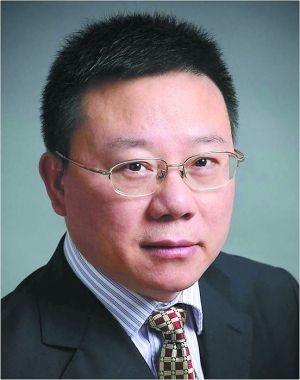 |
|
Wang Shunqing Director, Department of Hematology, Guangzhou First People’s Hospital |
Hematological neoplasms:
The overall survival rate can reach 95%, and regular doctors will not "guarantee"
"Today, the cure rate and survival rate of blood tumors have been greatly improved, and some types of leukemia are completely curable."
Wang shunqing
Director, Department of Hematology, Guangzhou First People’s Hospital
When it comes to blood tumors, many people’s understanding still stays in the impression of the Japanese drama "Blood Suspicion", equating leukemia with terminal illness. "Twenty years ago, it was true that many leukemia patients had only two to three years between diagnosis and death. But today, the cure rate and survival rate of blood tumors have been greatly improved, and some types of leukemia are completely curable. " Professor Wang Shunqing, director of the Department of Hematology, Guangzhou First People’s Hospital, said in an interview.
Wang Shunqing told reporters that leukemia is divided into many types, quite a few of which have good therapeutic effects, and some of which are more difficult and easy to relapse.
"Take the most common childhood acute lymphoblastic leukemia in recent years as an example. This kind of leukemia is divided into’ standard risk type’ and’ high risk type’, among which’ standard risk’ patients account for the majority. More than 85% of patients with’ standard risk’ can be cured if they adopt a standardized chemotherapy plan. "
In addition, the cure rate of adult acute promyelocytic leukemia can reach 80%~90% through chemotherapy and drug treatment. There is also chronic myeloid leukemia. "This kind of leukemia is treated like chronic diseases such as hypertension and diabetes because of the targeted drugs with very significant effects. As long as patients take drugs for life, their condition can be controlled. At present, this targeted drug has been produced in China, the cost is not too high, and medical insurance can be reimbursed. " Wang Shunqing said.
As for those leukemia that are more difficult to treat, Wang Shunqing believes that the treatment effect has also been significantly improved compared with the past. "These leukemias can usually be treated by bone marrow transplantation or hematopoietic stem cell transplantation. These two technologies are very mature at present. Moreover, with the development of technology, the problem of matching between doctors and their families, which used to be difficult, has now been well solved. " For example, there is now a haploid transplantation technology, even if the donor bone marrow or stem cells are not completely matched with the patient, transplantation can be performed.
"So, the overall survival rate of leukemia patients can reach more than 95%." Wang Shunqing said. However, the treatment effect and the survival rate of patients are definitely based on the standardized treatment plan.
In addition, more and more attention is paid to precise treatment of leukemia, and some types have reached the genetic level. "So some leukemias need to do more tests before starting treatment, in order to have accurate guidance on the treatment plan and predict the prognosis." Wang Shunqing said, but sometimes patients don’t understand. On the one hand, they feel that so many tests are too much for the economy, and on the other hand, some patients have misunderstandings or distrust of doctors. "Because in a regular hospital, it must be very objective for doctors and patients to talk about treatment, and doctors will never assure patients that’ how much you spend on this disease, we will definitely cure you’. On the contrary, it is precisely because of the uncertainty of medicine that many factors will affect the treatment process, so the doctor will tell the patient the risks and benefits in the treatment process completely, and then analyze with the patient which scheme is the most favorable. "
Combined with his many years of medical experience, Wang Shunqing suggested that the majority of patients, unfortunately diagnosed with tumors, should not despair at first, because with the development of medicine today, the treatment effect of many tumors is much better than before. Secondly, you must consult a specialist in a regular hospital, and don’t blindly believe in advertisements, remedies, etc., especially those "magic doctors" who clap their chests and say that they will definitely cure the tumor.
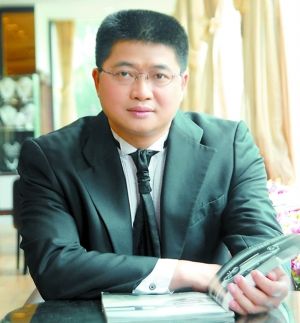 |
|
Wang Cunchuan, Vice President and Director of Gastrointestinal Surgery, First Affiliated Hospital of Jinan University |
Gastrointestinal neoplasms:
Ask more doctors about the unrecognized new treatment.
Radical resection of gastrointestinal tumors should be considered first. Some new treatments, such as cell biotherapy, are still in the clinical experimental stage, and their efficacy has not been recognized. It is recommended to know more and ask more doctors before choosing.
Wang cunchuan
Vice President and Director of Gastrointestinal Surgery, First Affiliated Hospital of Jinan University
Gastrointestinal tumors are very common, such as colorectal tumors, and some of them can be prevented. Professor Wang Cunchuan, deputy dean of the First Affiliated Hospital of Jinan University and director of gastrointestinal surgery, said that 75% of colorectal tumors are gradually developed from polyps, which can be found and removed by colonoscopy, which is the best prevention. If you have gastrointestinal tumors, you should first consider radical resection, and now do more minimally invasive surgery, and then combine chemotherapy and radiotherapy.
Some new treatments, such as cell biotherapy, are still in the clinical experimental stage, and their efficacy has not been recognized. However, some privately contracted and profit-oriented medical institutions sometimes exaggerate their efficacy, which may delay patients’ illness and may cause economic losses. It is recommended to know more before choosing, such as asking more doctors.
Wang Cunchuan said that at present, public top three hospitals, especially the affiliated hospitals of universities, generally have a good diagnosis and treatment system, a perfect multidisciplinary consultation system and complete equipment. Their medical staff are often exposed to cutting-edge medical expertise and have more experience in the treatment of tumor diseases. If you do four-level surgery such as radical resection of gastrointestinal tumors, it is more secure to go to these hospitals. Some private specialized hospitals and community hospitals have different levels of supporting software and hardware, which is not a big problem in dealing with common diseases, but not necessarily for radical surgical treatment of tumors. Patients are advised to choose carefully and learn more about the qualifications of medical institutions and doctors. Searching for information about seeking medical advice on the Internet, he suggested logging on to the official website of public hospitals, and it is best to go directly to the hospital to see a doctor for on-site consultation, while websites with competitive ranking, commercial promotion or lack of certification are likely to cause information asymmetry, or confusion and misleading.
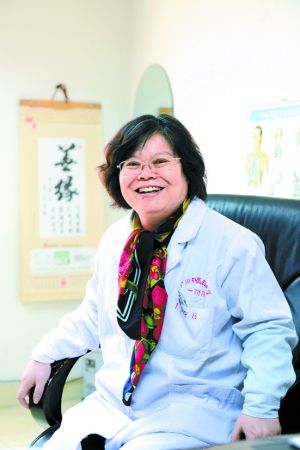 |
|
Director, Cancer Center, First Affiliated Hospital, Guangzhou University of Chinese Medicine, Lin Lizhu |
Treatment of tumor with combination of traditional Chinese and western medicine;
Eat Chinese medicine after seeing western medicine? It’s not that simple
After receiving the treatment of modern medicine, cancer patients should not blindly prescribe Chinese medicine by looking for "Chinese medicine practitioners" who do not know the source. They must use drugs in a dialectical way under the guidance of Chinese medicine practitioners with experience in oncology, combined with the needs of the course of disease.
Lin Lizhu
Director of Cancer Center of the First Affiliated Hospital of Guangzhou University of Chinese Medicine
What should relatives and friends do if they find out about cancer? What factors should be considered when choosing a treatment plan?
Professor Lin Lizhu, director of the Cancer Center of the First Affiliated Hospital of Guangzhou University of Traditional Chinese Medicine, said that there are many treatments for cancer. Taking the primary liver cancer with high incidence as an example, early surgical resection is the best treatment. If the patients in the middle and late stages are not suitable for surgery after diagnosis, they should consider intervention, radiotherapy and chemotherapy and even targeted drug treatment according to the specific situation. However, most patients with liver cancer have suffered from hepatitis B and cirrhosis. Whether it is surgery, radiotherapy and chemotherapy or targeted therapy, the treatment has its own limitations, and preventing recurrence is still a difficult problem that has to be considered. Therefore, multidisciplinary and standardized comprehensive treatment has become the consensus of the medical community.
"Our research found that Chinese medicine combined with modern medicine can play different roles for patients with various cancers at different stages." Lin Lizhu revealed that a 7-year-old collaboration group of state administration of traditional chinese medicine’s "Eleventh Five-Year Plan" key specialty liver cancer, led by the First Affiliated Hospital of Guangzhou University of Chinese Medicine, verified that the results of a multi-center retrospective cohort study in 15 hospitals in the United Nations showed that Chinese medicine played a synergistic and attenuated role in the minimally invasive treatment and systematic treatment of liver cancer. Some traditional Chinese medicines can affect the DNA synthesis of hepatocellular carcinoma cells and inhibit their proliferation. In addition, Chinese medicine combined with interventional therapy can reduce liver function damage, protect residual liver function, and even make some large liver cancer that cannot be intervened become interventional, thus improving the curative effect of liver cancer and the quality of life of patients and prolonging the survival period.
"But unfortunately, many people don’t understand the combination of Chinese and Western medicine, thinking that after reading western medicine, they can eat some Chinese medicine." Lin Lizhu said with emotion. There are still many cancer patients who regard Chinese medicine as the last treatment for cancer, and they only come to Chinese medicine when various means such as surgery, radiotherapy and chemotherapy are exhausted. This is a misunderstanding. She explained that Chinese medicine emphasizes the treatment based on syndrome differentiation and the concept of "holistic" treatment, which can complement and complement each other with modern medicine (western medicine) such as surgery, radiotherapy and chemotherapy for "local" lesions. Still taking the treatment of liver cancer as an example, the 5-year recurrence rate is still as high as 50% after surgical resection of the focus in early patients. Strengthening spleen and protecting liver with Chinese medicine immediately after operation can improve the immunity of patients, promote the recovery of viscera function and reduce the recurrence rate; For patients with liver cancer in the stage of radiotherapy and chemotherapy, combined with traditional Chinese medicine treatment can reduce the side effects of drugs, reduce the damage to patients’ liver function, and help improve their quality of life and survival.
"However, the treatment of tumors with integrated traditional Chinese and western medicine is also a highly professional subject, which requires doctors to understand the knowledge of standardized treatment of tumors in modern medicine and must also have experience in treating tumors in traditional Chinese medicine." Lin Lizhu reminded that after receiving the treatment of modern medicine, cancer patients should not blindly prescribe Chinese medicine from unknown "Chinese medicine practitioners", but must be guided by Chinese medicine practitioners with experience in oncology, combined with the course of the disease. (Reporter Huang Rongfang, Ren Shanshan, He Xuehua, Wu Junyi, Li Heng, Weng Shuxian, Wang He correspondent Li Shaobin, Jin Juan, Jian Wenyang, Fang Ning, Zhang Qiuxia, Cui Yanling, Zhang Cancheng, Huang Xianjun, Bai Tian)





